Table of Contents
- What Is Impulse Control in Dogs?
- Why Impulse Control Matters
- Easy Impulse Control Exercises
- Training Impulse Control in Everyday Life
- Common Training Mistakes
- Pro Tips for Long-Term Success
- FAQ
- Summary
What Is Impulse Control in Dogs?
Impulse control is your dog’s ability to pause and choose a calm behavior instead of reacting on instinct—like jumping, darting through doors, snatching food, or chasing. Dogs with solid impulse control stay responsive in exciting situations and wait for your release cue rather than acting on their own.

Why Impulse Control Matters
Teaching impulse control improves safety, manners, and overall well-being. Key benefits include:
- Everyday safety: No bolting into streets, no jumping on people.
- Better social skills: Calm around visitors, kids, and other dogs.
- Less stress: Predictable routines reduce frustration and over-arousal.
- Stronger training: A dog who can wait and think learns faster.
Easy Impulse Control Exercises
Start with short, success-heavy reps. These exercises fit naturally into daily life and target high-volume search topics like “dog impulse control exercises,” “leave it,” “stay,” and “wait.”
- Sit & Stay: Ask for a sit, count a few seconds, then release with a cue (e.g., “OK”). Gradually add duration, distance, and distractions.
- Wait for the Bowl: Lower the food bowl. If your dog pops up, lift it again. Release to eat only when your dog remains calmly seated.
- Doorway Wait: At doors and curbs, cue “wait.” Open the door a crack; release only when your dog holds position.
- Leave It / Take It: Present a treat in a closed fist. Mark and reward eye contact or backing off with a better treat. Add the verbal cues “leave it” and “take it.”
- Toy Control: Hold a toy still. Release to grab only after your dog offers calm eye contact or a sit.
Trainer tip: Pay the behavior you want. Mark and reward calm micro-moments (exhale, softer eyes, sit, loose body) to make “calm” your dog’s go-to choice.
Training Impulse Control in Everyday Life
Generalize skills during real-world moments that commonly trigger dogs:
- Dog-to-dog greetings: Practice sit/eye contact before allowing a brief hello. Release, then call away and reward.
- Loose-leash walking: If the leash tightens, stop. Move forward again when the leash is slack. Consistency builds self-control.
- Visitors at home: Park your dog on a mat or bed. Reward for staying down; greet only after calm behavior.
Right-sized gear helps you keep things safe while your dog learns. A well-fitting dog collar and a comfortable, reliable dog leash make it easier to manage excitement on sidewalks, at doors, and during recall practice.
Common Training Mistakes
- Going too fast: Jumping from 3 seconds to 30 causes failure. Increase criteria in tiny steps.
- Inconsistency: Sometimes allowing pulling/jumping and other times not confuses your dog.
- Under-rewarding calm: Don’t save rewards for “action.” Pay generously for quiet choices.
- Allowing frustration: Keep sessions short and easy to prevent meltdowns and barking.
Pro Tips for Long-Term Success
- Short & frequent: 3–5 minute sessions, several times a day.
- Blend into routines: Wait at doors, bowls, car exits, elevators—real life is your training field.
- Clear cues: Use the same words and hand signals; everyone in the family should match.
- Reinforce calm daily: Treats, praise, or access to life rewards (going outside, greeting friends) keep behaviors strong.

FAQ
What age can I start?
Right away—puppies can practice 1–3 second “wait” reps and simple “leave it.”
How long until I see results?
Most dogs show progress in a few weeks with daily practice; solid habits can take a few months.
Will impulse control help leash reactivity?
Yes—it’s essential foundation work. For severe cases, pair it with a qualified trainer’s help.
Summary
Impulse control isn’t optional—it’s the backbone of polite, safe behavior. By rewarding calm choices, splitting goals into tiny steps, and weaving practice into daily life, you’ll build a dog who can pause, think, and respond—at the door, on the sidewalk, and anywhere excitement happens.
Quick-Reference Table: Impulse Control
| Context | Goal Behavior | Training Tip |
|---|---|---|
| Feeding | Waiting at the bowl | Release to eat only when calm |
| Walks | Loose-leash walking | Stop for tension; move on when slack |
| Greetings | Four paws on the floor | Reward sit before allowing hello |
| Play | Wait for toy release | “Leave it”—then “take it” on cue |


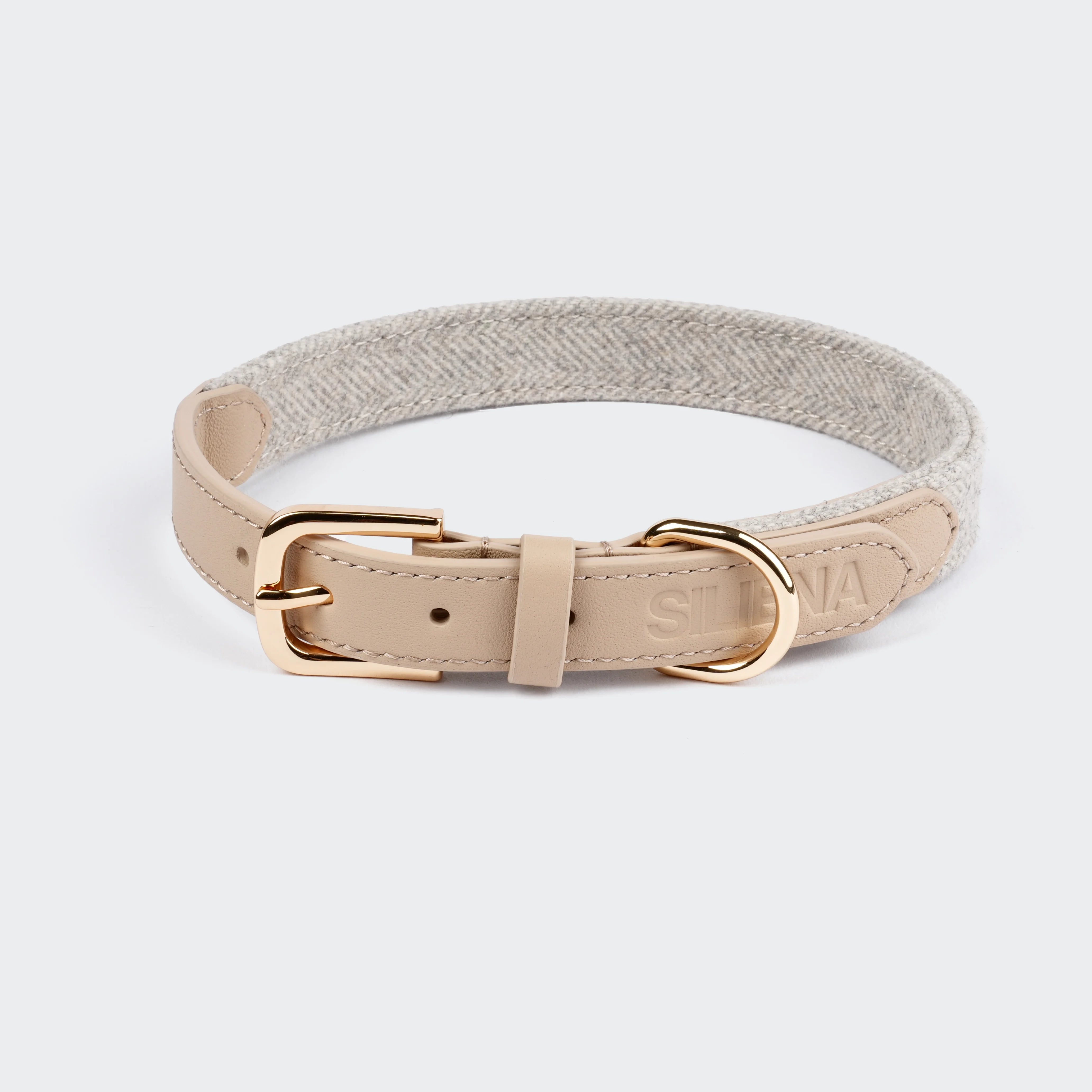
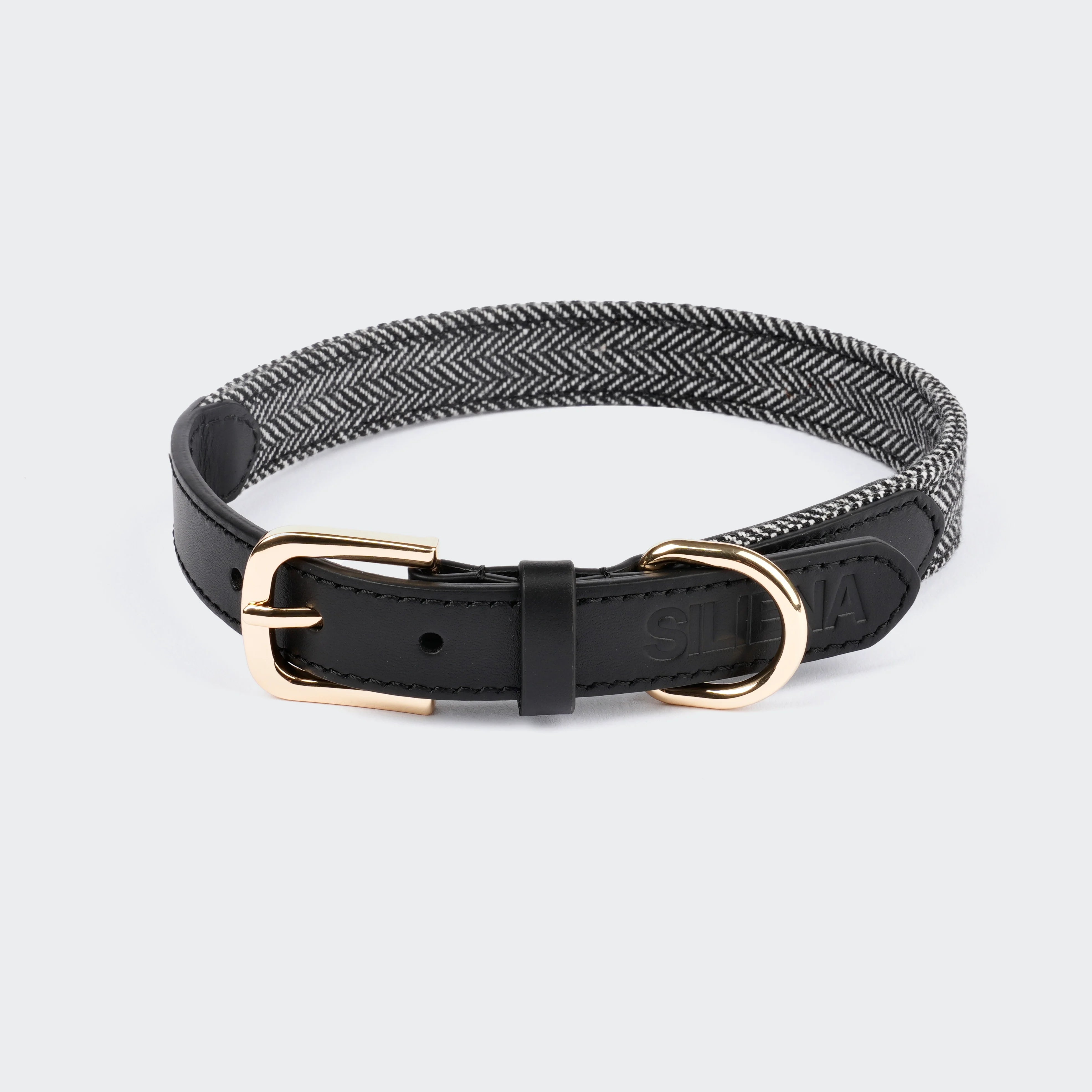
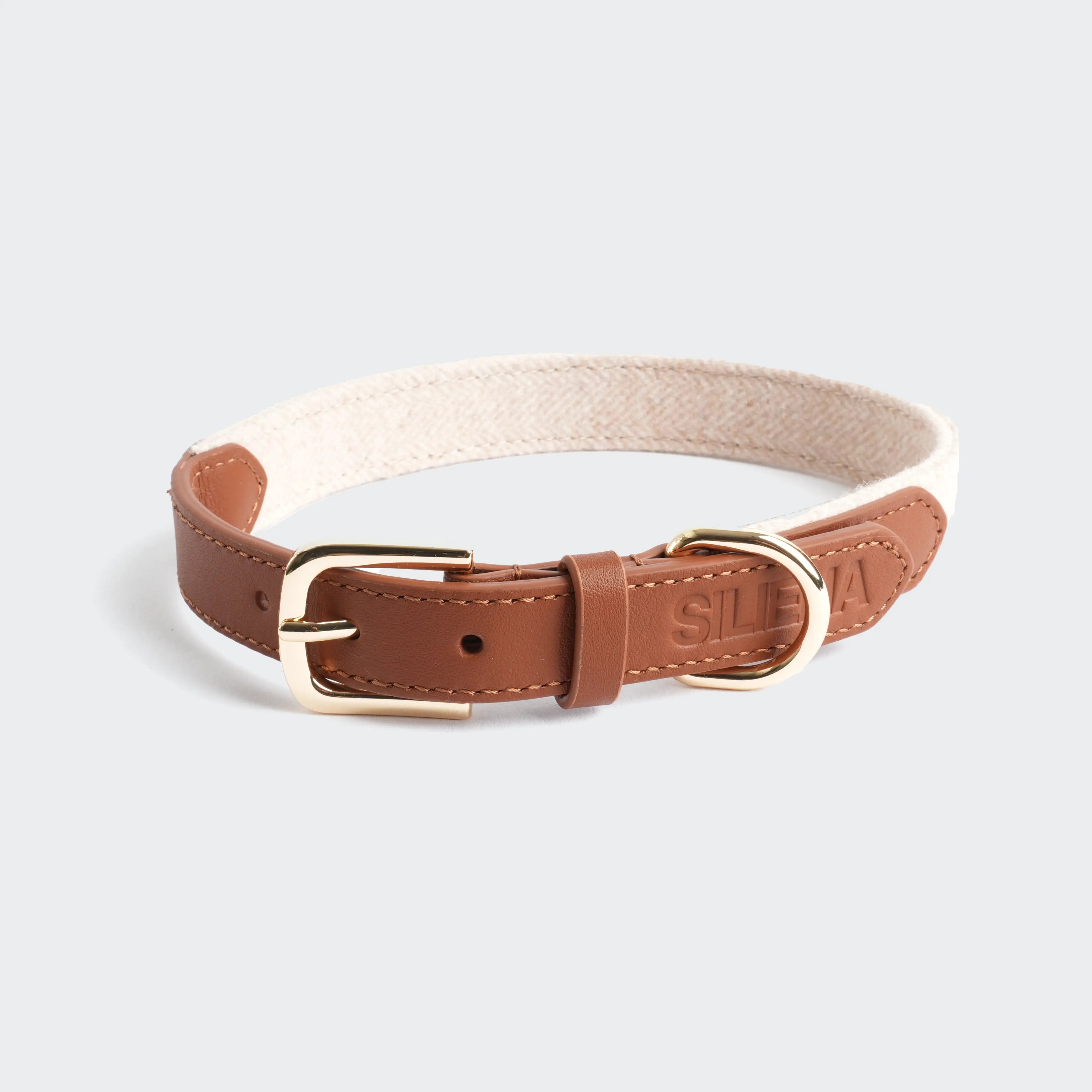
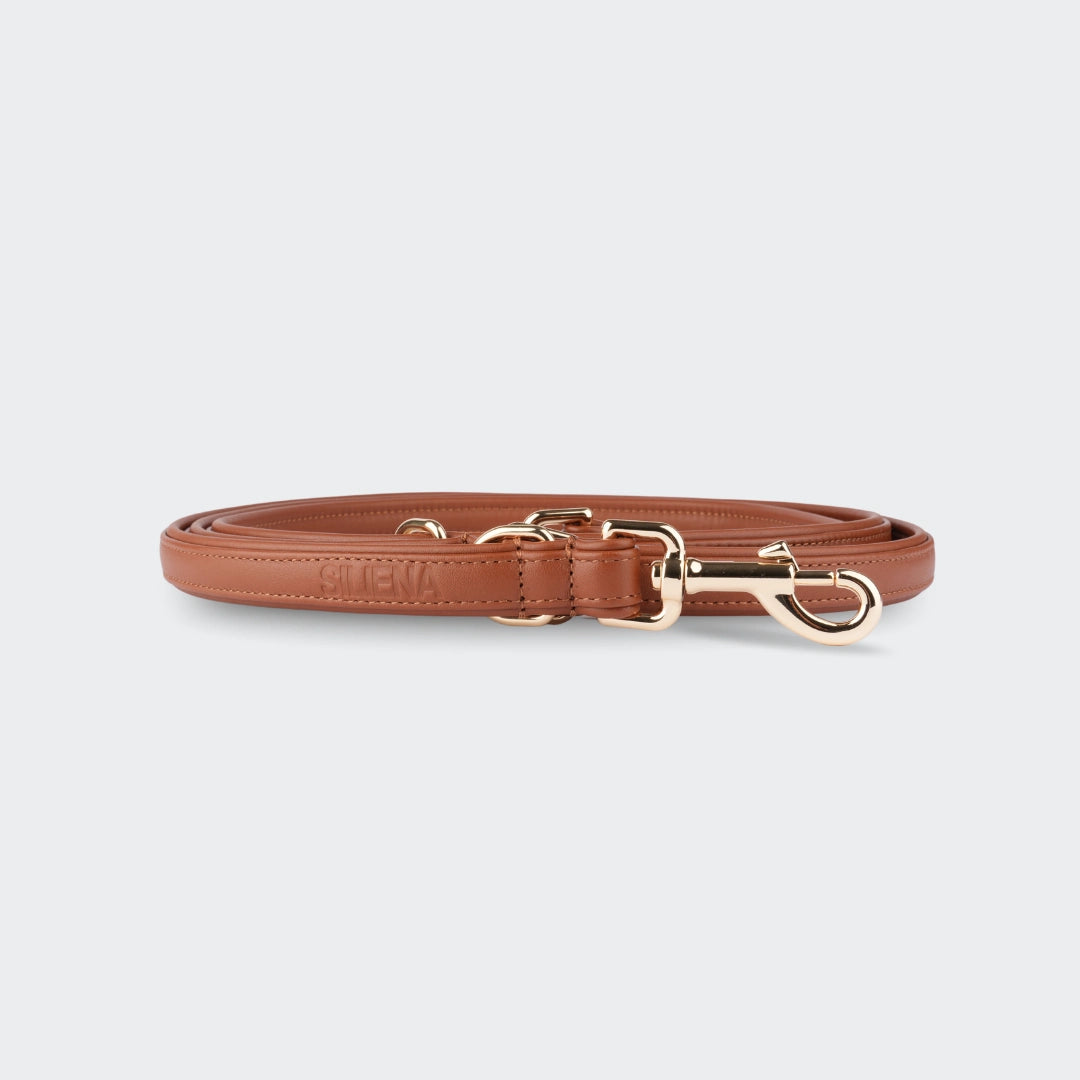
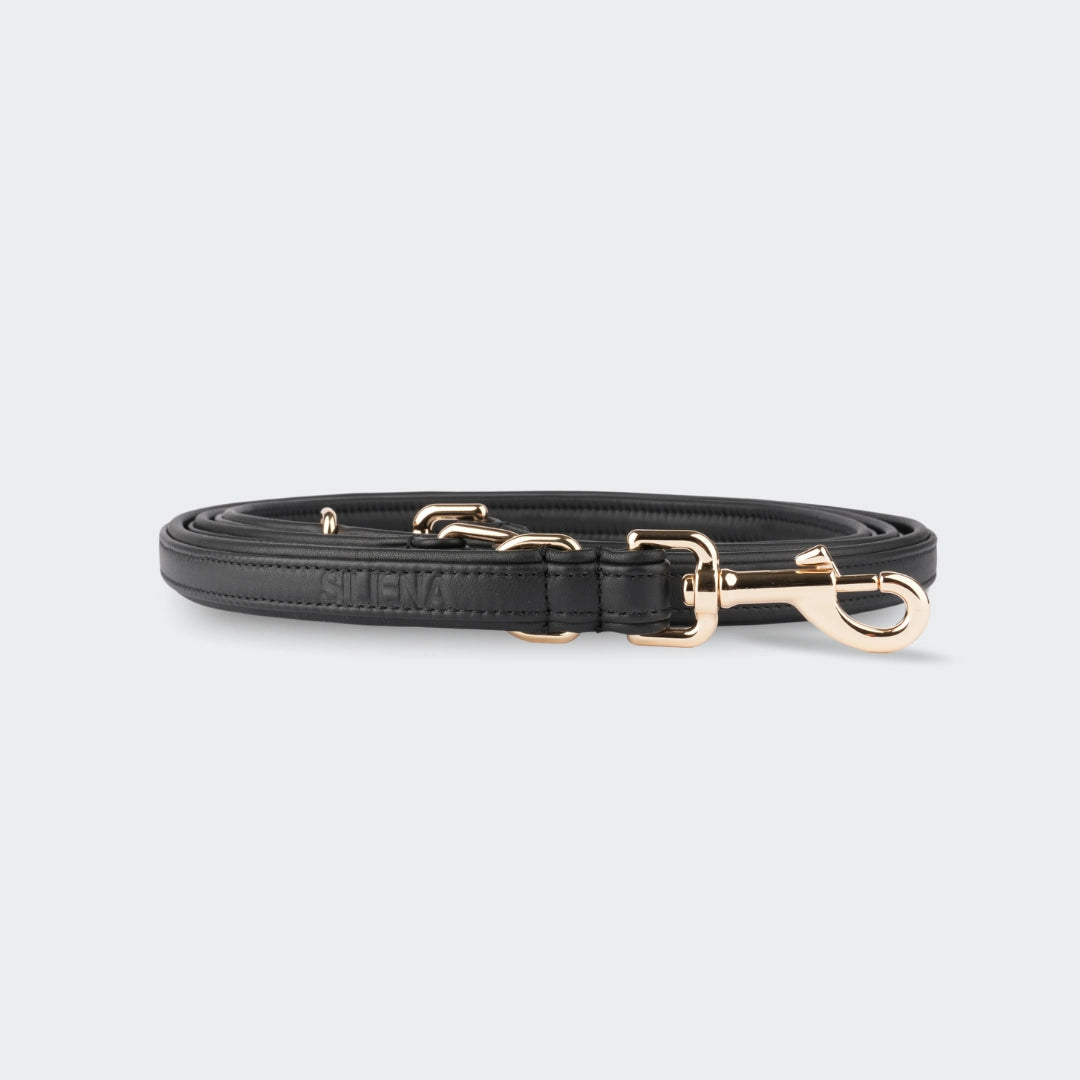
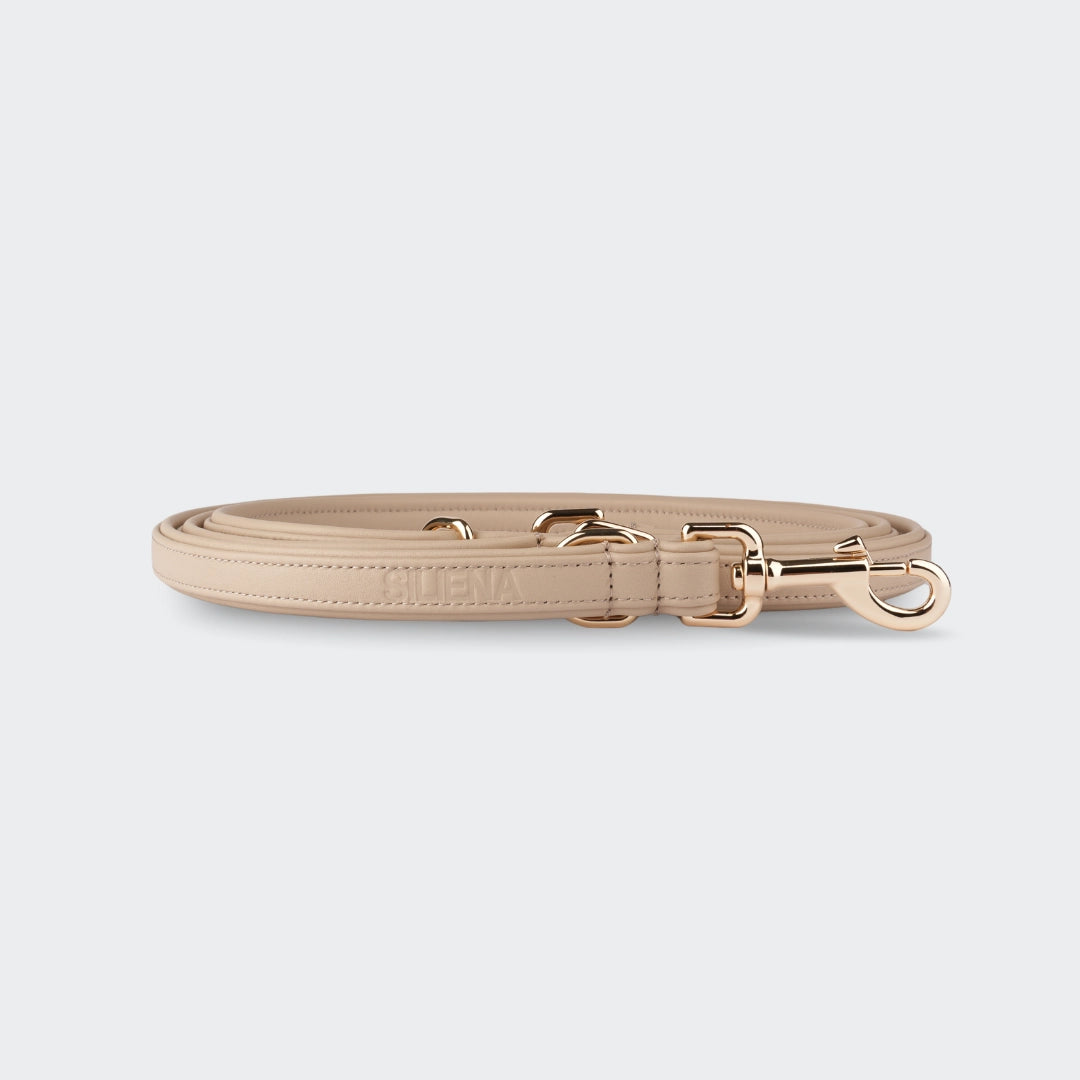
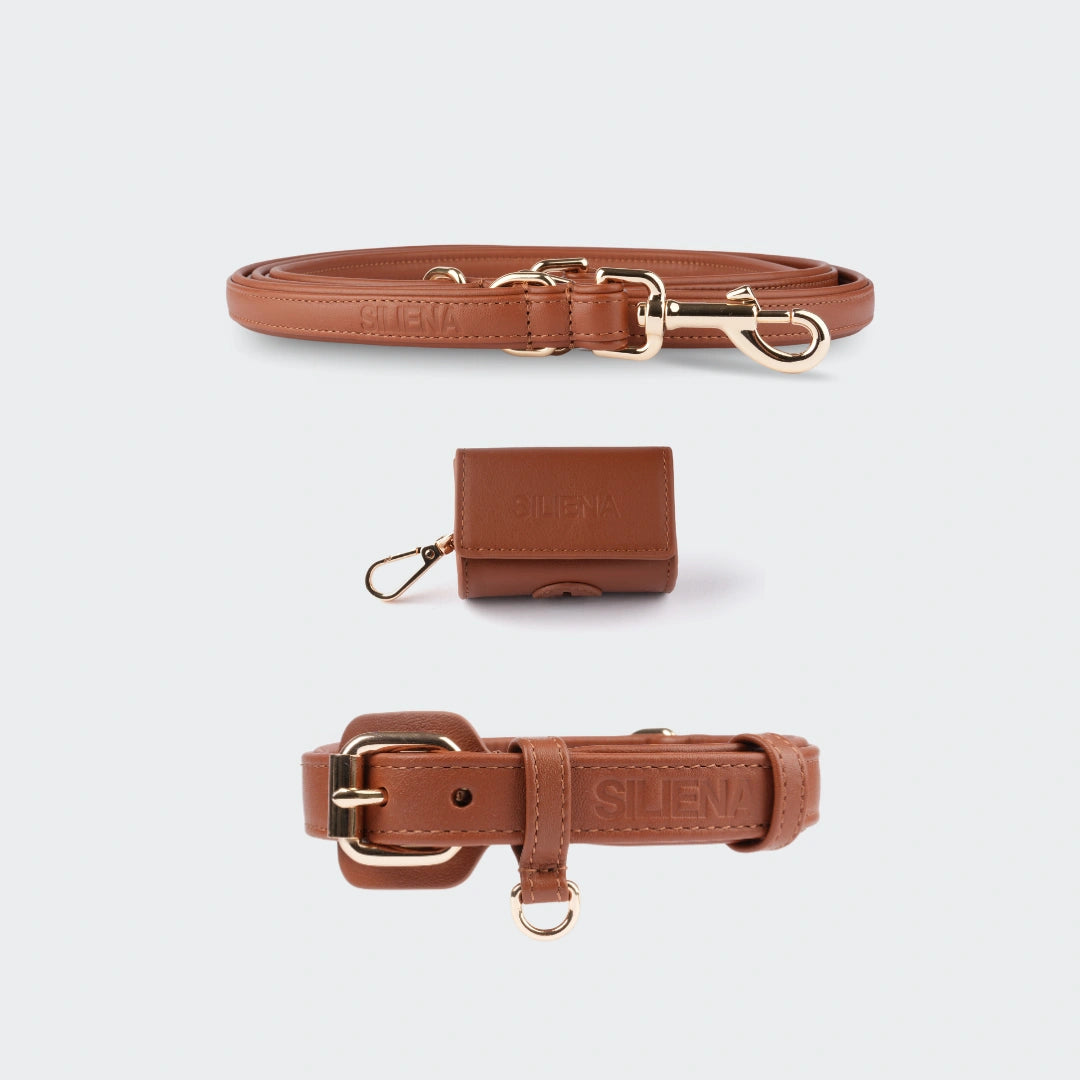
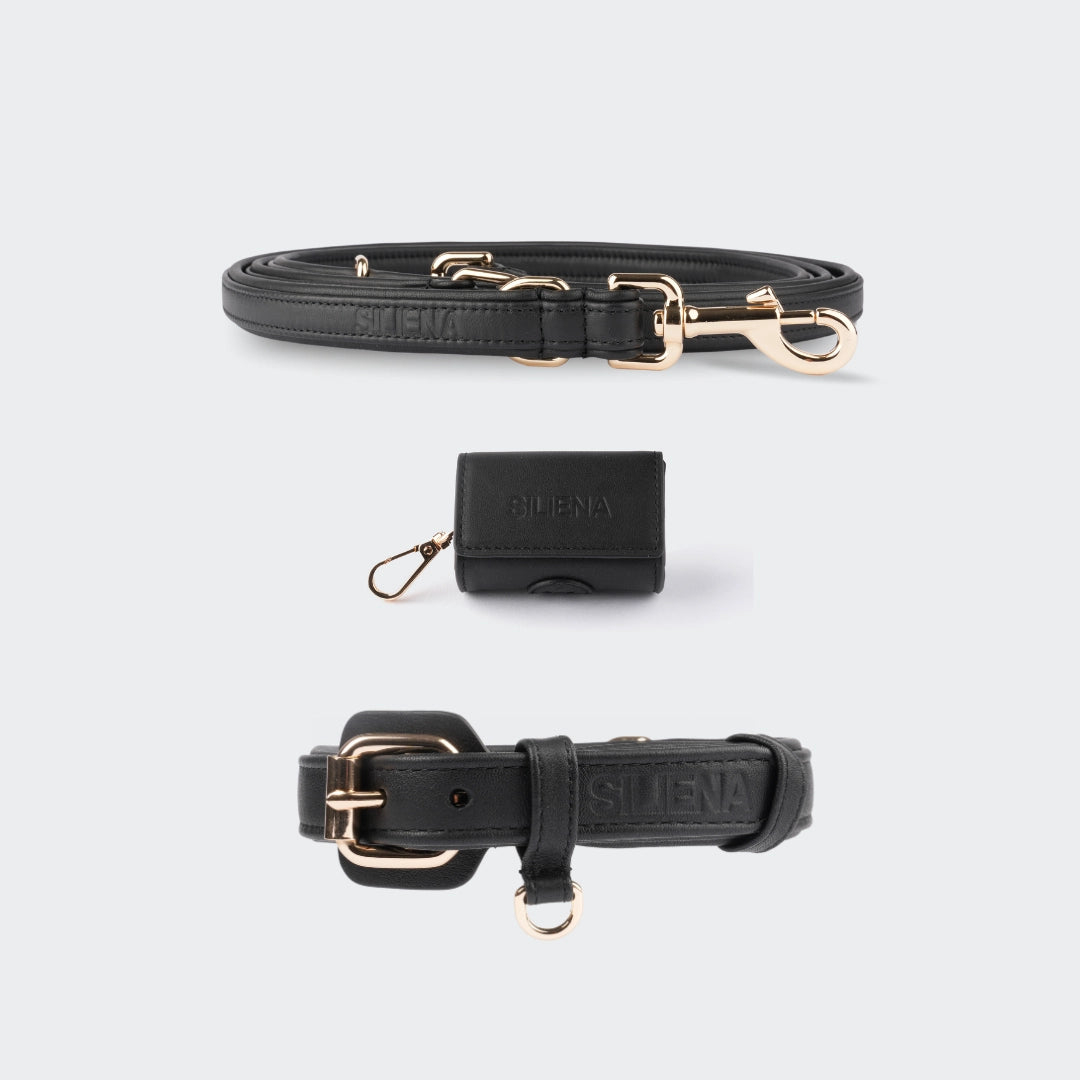
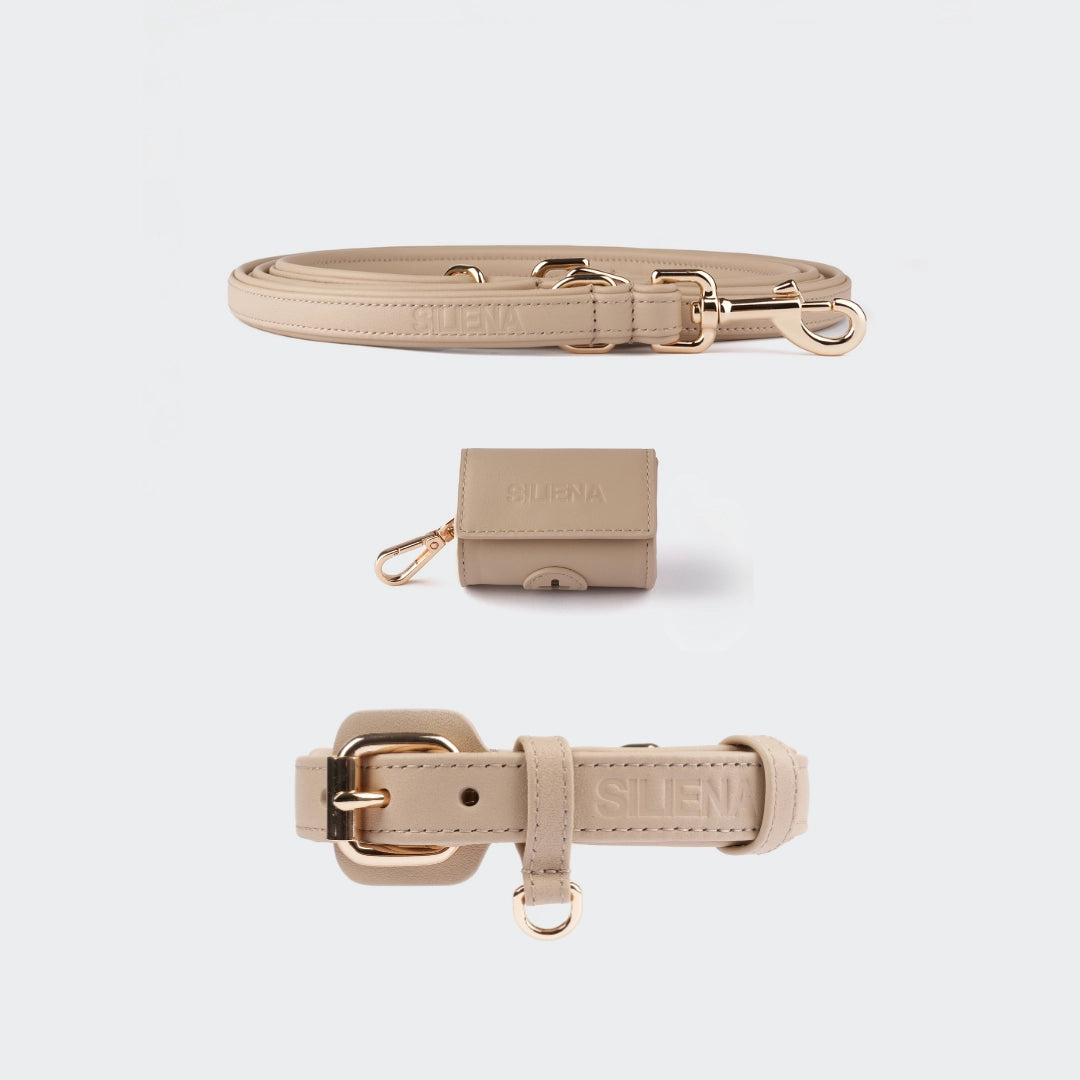
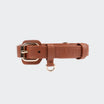
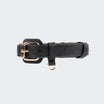

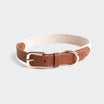
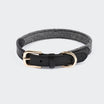
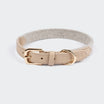


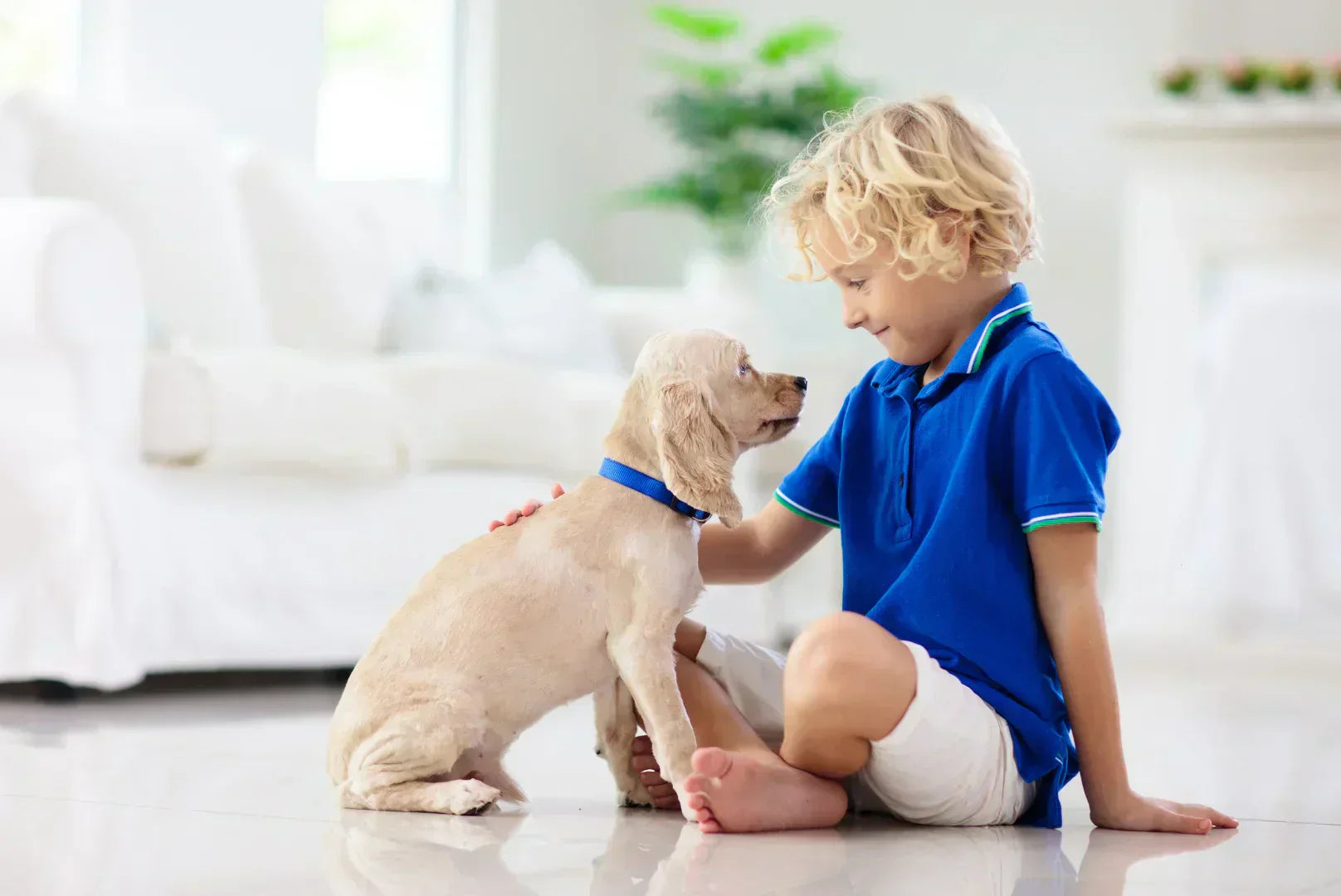
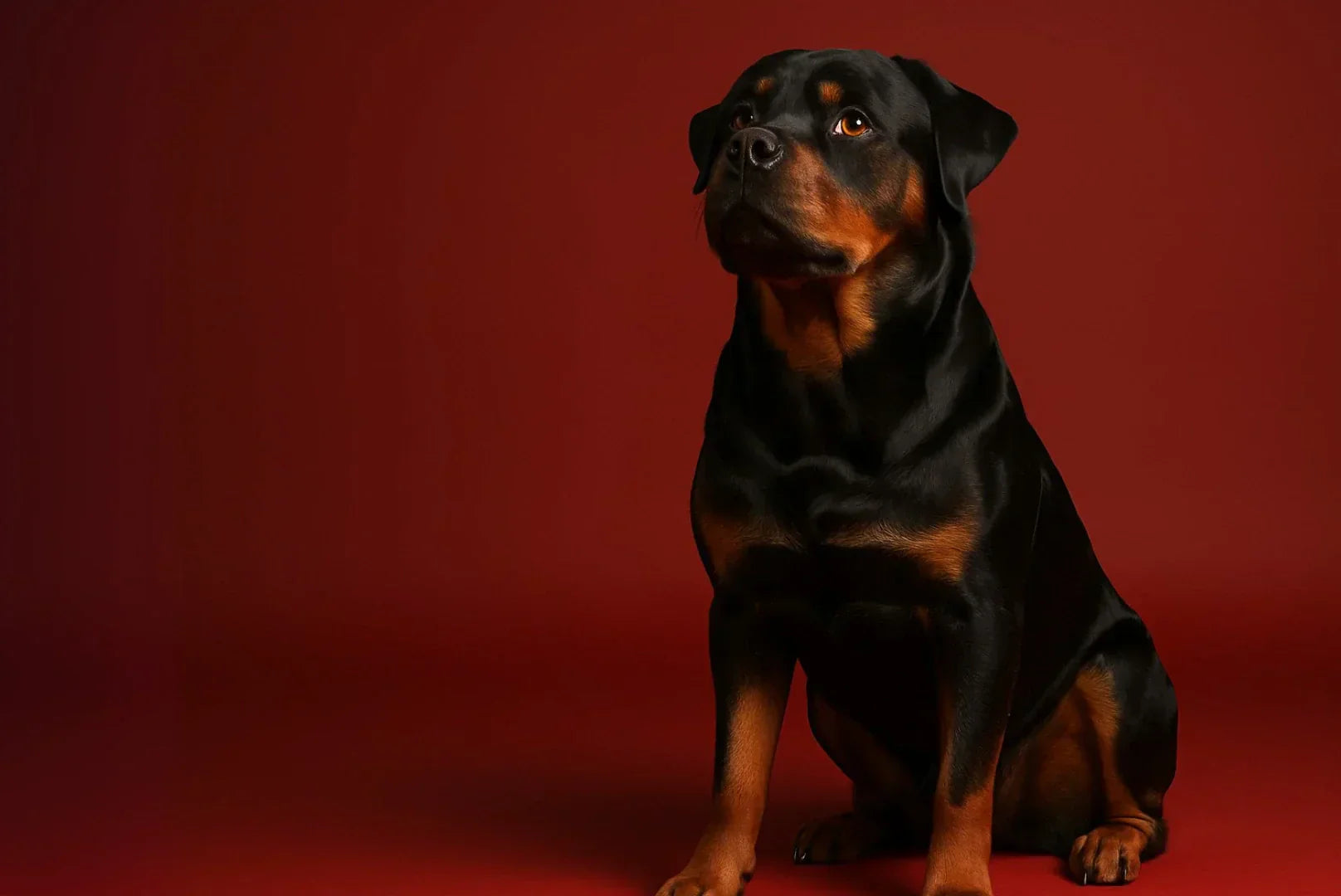


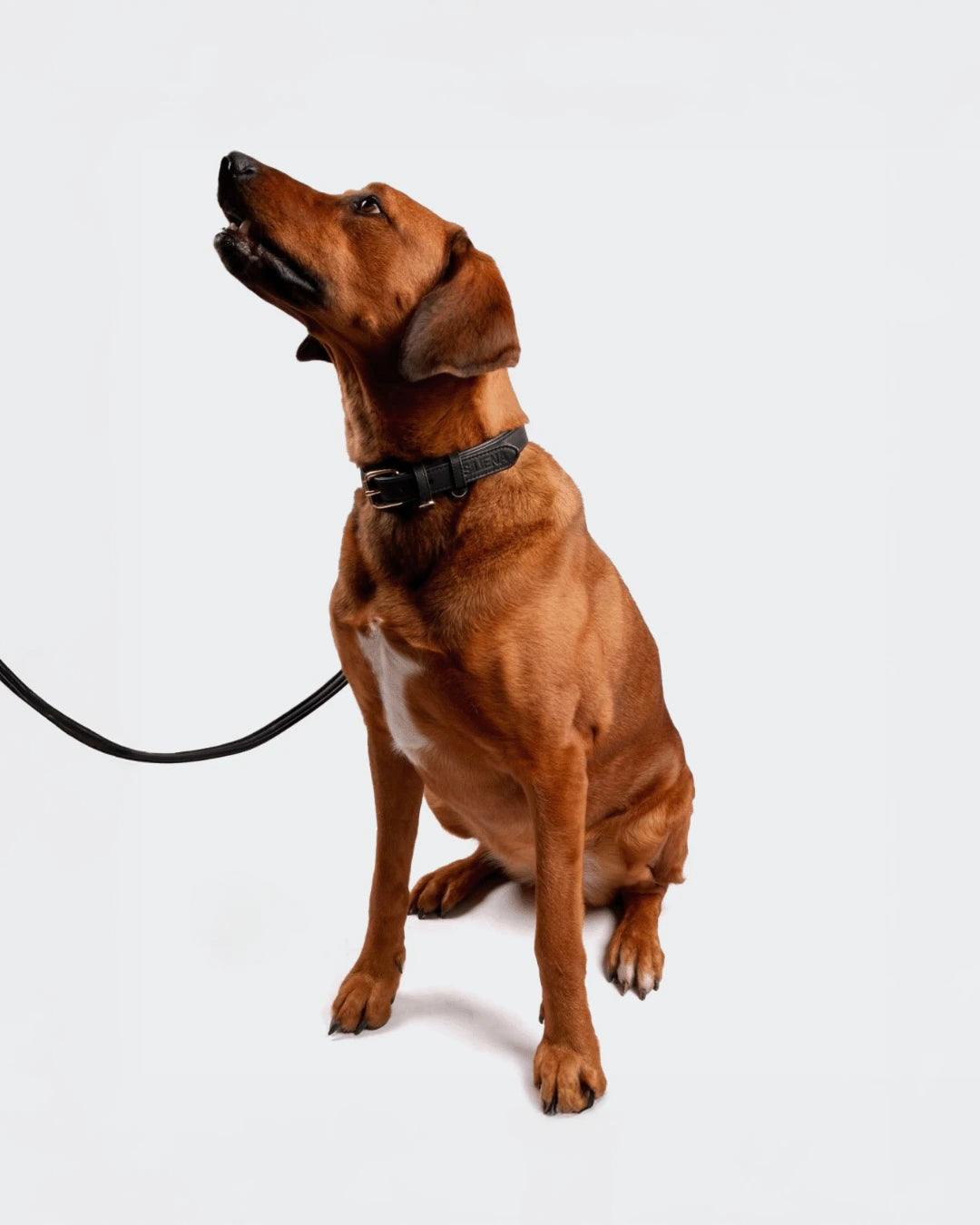
Leave a comment
This site is protected by hCaptcha and the hCaptcha Privacy Policy and Terms of Service apply.